Celebrating Ostara
Welcome the Spring Equinox
As the wheel of the year turns, we arrive at Ostara, the celebration of the Spring Equinox. This sacred time marks the moment when day and night are in perfect balance, symbolizing renewal, fertility, and the awakening of the Earth after the long slumber of winter.
The History and Meaning of Ostara
Ostara, named after the Germanic goddess Eostre, is a festival honoring the returning light and the fertility of the land. It is from Eostre’s name that the word "Easter" is derived, connecting this pagan tradition to later Christian celebrations of resurrection and rebirth.
Ancient cultures across the world recognized the importance of the Spring Equinox, celebrating with festivals of planting, fertility rites, and the honoring of deities associated with renewal and abundance. The Saxons, for instance, held feasts in Eostre’s honor, celebrating the return of warmer days and the fertility of both the land and livestock. The Celts also recognized the equinox as a time of balance and transition, performing rituals to welcome the growing power of the sun.
Similarly, the ancient Romans celebrated the festival of Hilaria in honor of Cybele, a mother goddess associated with nature and fertility. The festival included joyous festivities, processions, and offerings to ensure prosperity and harmony in the coming months. In Mesoamerican cultures, structures like those found in Chichen Itza were built to align with the equinox, demonstrating an understanding of celestial cycles and their influence on agriculture and spirituality.
Across different traditions, the equinox symbolized the renewal of life, emphasizing themes of resurrection, rebirth, and the harmony between light and dark. Many modern pagan and Wiccan practitioners continue to honor Ostara as part of the Wheel of the Year, integrating ancient customs with contemporary rituals to celebrate the season of growth and transformation.
Symbols and Traditions
Ostara is rich in symbols that echo themes of growth, fertility, and new beginnings:
-
Eggs – Representing potential, birth, and creation, eggs have been a central symbol of Ostara for centuries. Decorating eggs is a wonderful way to embrace this energy.
-
Hares and Rabbits – These creatures are sacred to Eostre and symbolize fertility, abundance, and the wild energy of spring.
-
Flowers and Greenery – Fresh blossoms, budding trees, and newly sprouted herbs remind us of nature’s renewal.
-
Seeds and Planting Rituals – The equinox is a perfect time to start a garden, plant flowers, or set intentions for personal growth.
Ways to Celebrate Ostara
-
Decorate Your Altar – Include pastel colors, fresh flowers, candles, and symbols of fertility to honor the season.
-
Egg Magic – Try egg divination, paint eggs with meaningful symbols, or use them in spellwork.
-
Go Outside – Take a nature walk, have a picnic, or meditate under the sun to connect with the revitalizing energy of spring.
-
Spring Cleaning – Cleanse your home energetically and physically to invite fresh beginnings and positive energy.
-
Honor the Balance – Reflect on areas in your life that need harmony and set intentions for the season ahead.
-
Feast with Seasonal Foods – Enjoy fresh greens, eggs, honey, and early spring vegetables to nourish yourself in alignment with nature’s cycles.
Embracing Ostara’s Energy
Ostara is a time to rejoice in the balance of light and dark, to plant seeds of intention, and to celebrate the beauty of renewal. Whether through ritual, gardening, or simply basking in the longer days, honoring Ostara allows us to align with the rhythms of nature and embrace the magic of the season.
How do you celebrate Ostara? Share your traditions and rituals in the comments below!





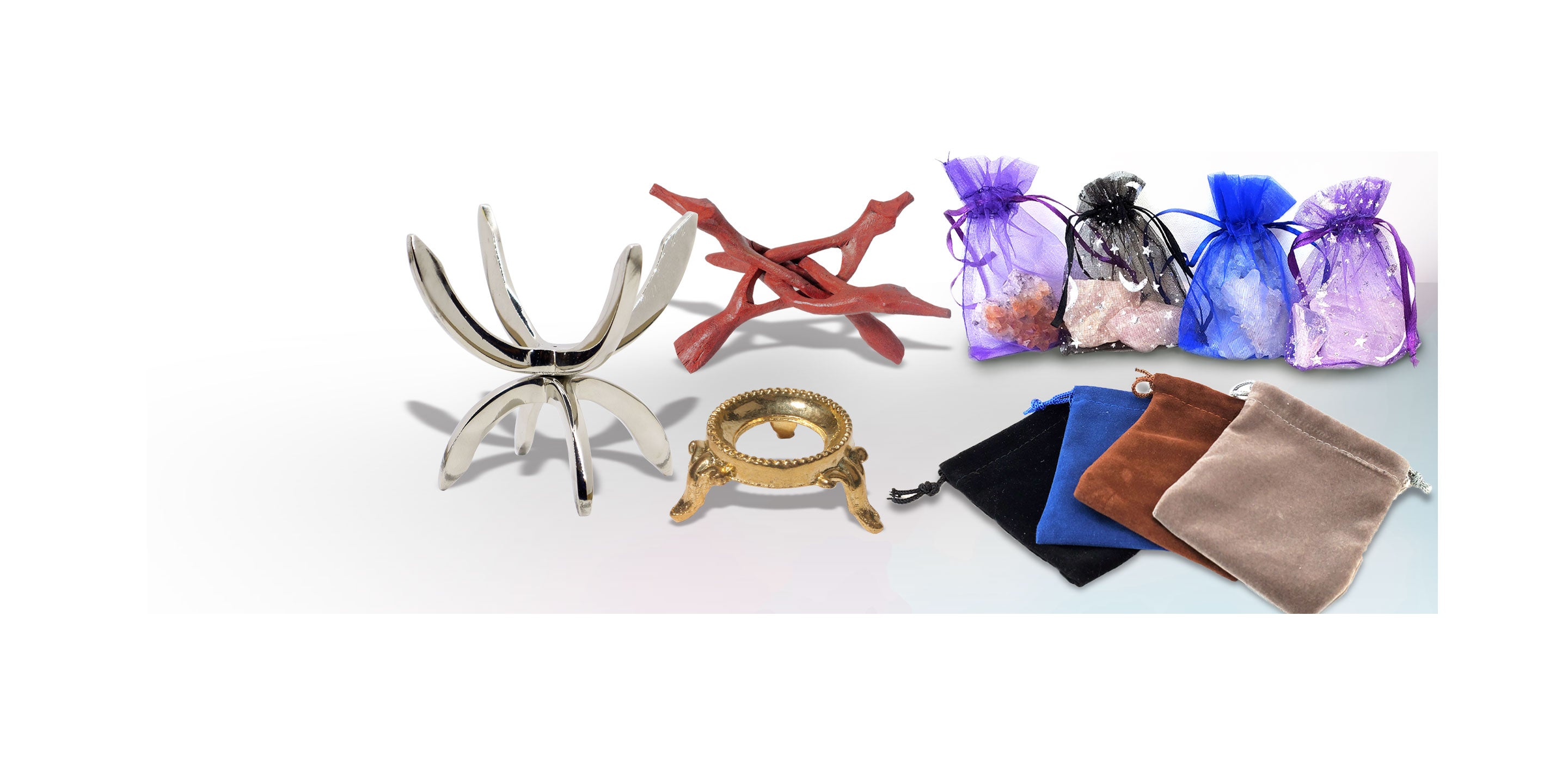
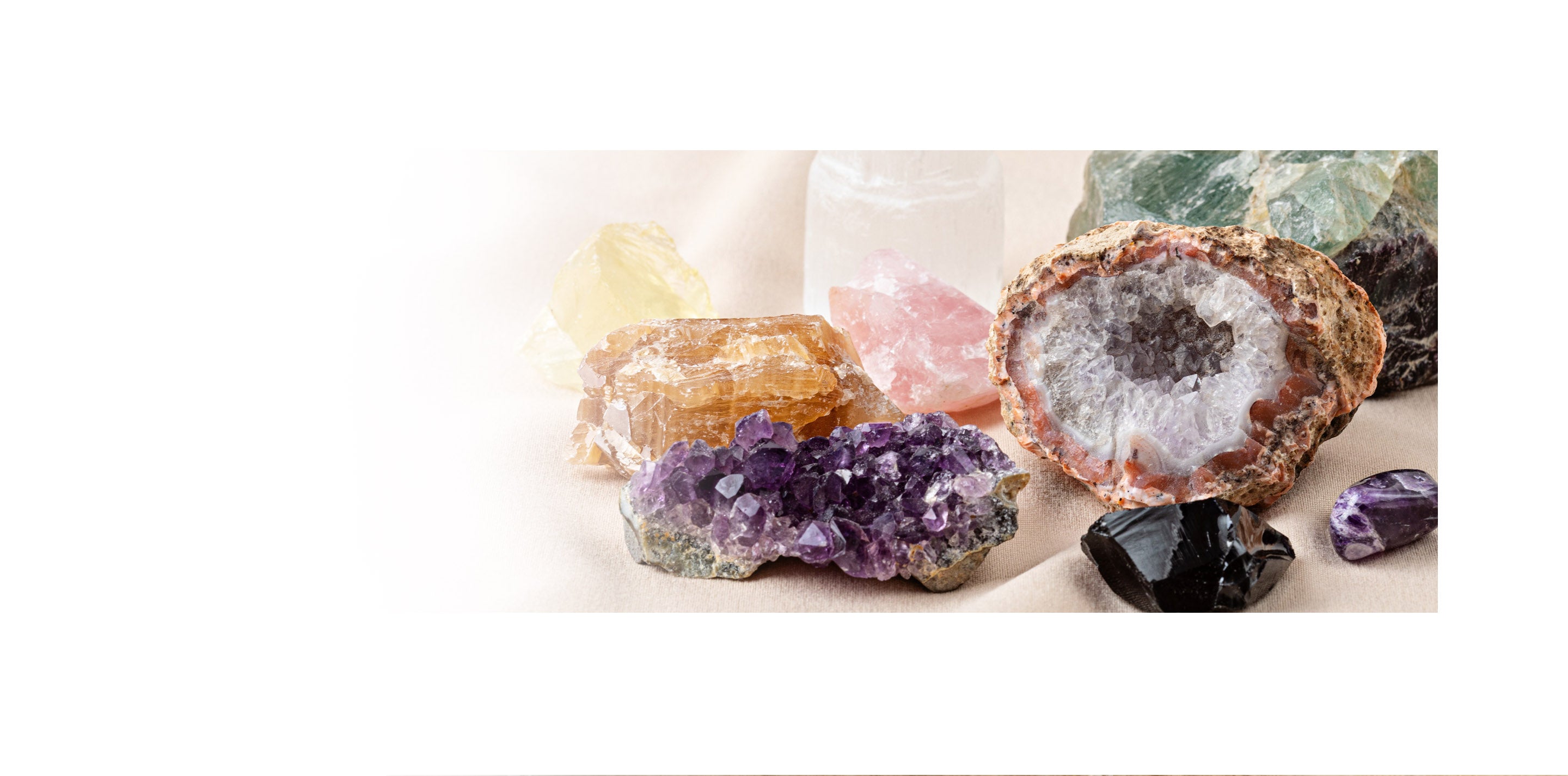
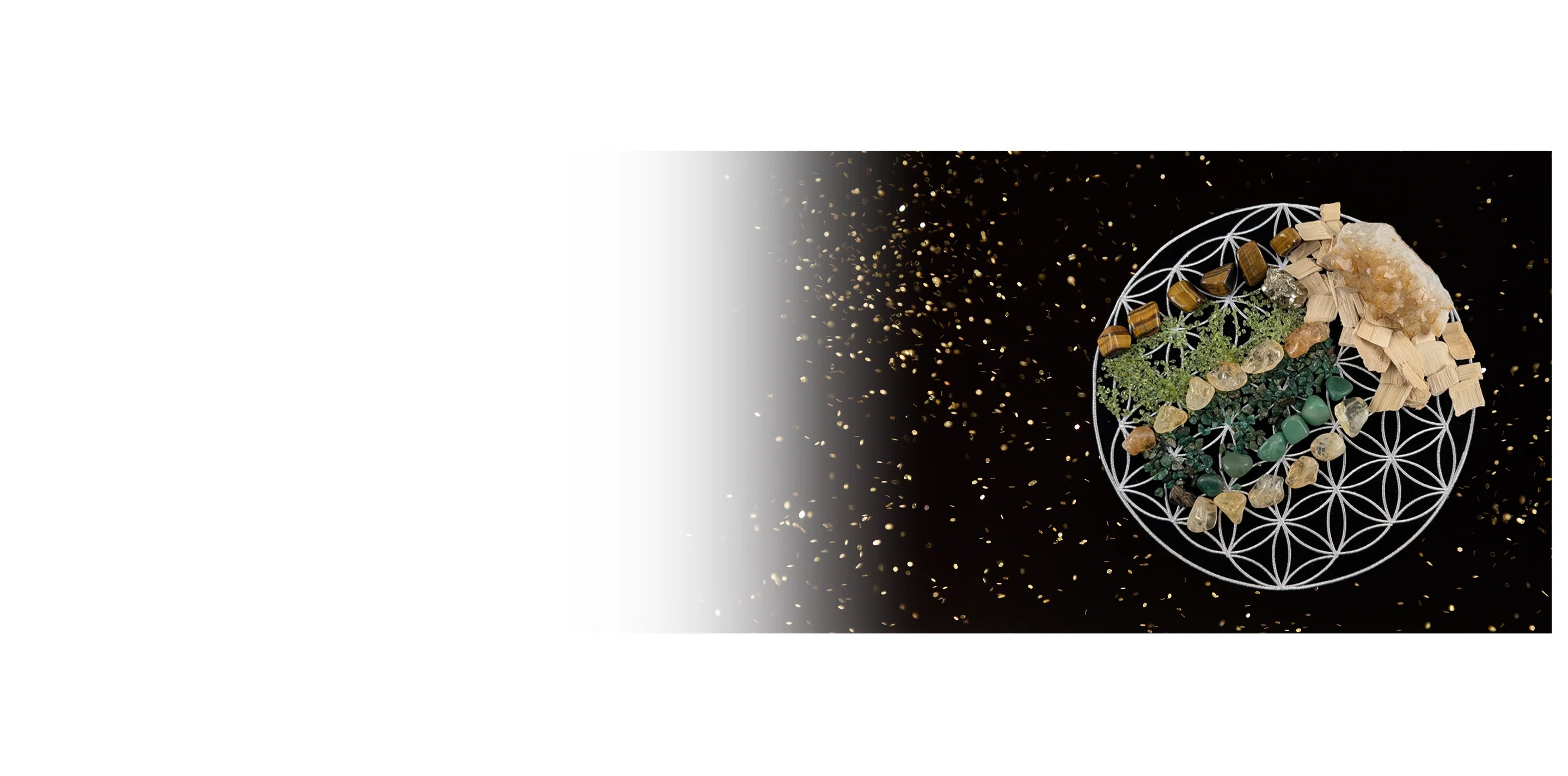
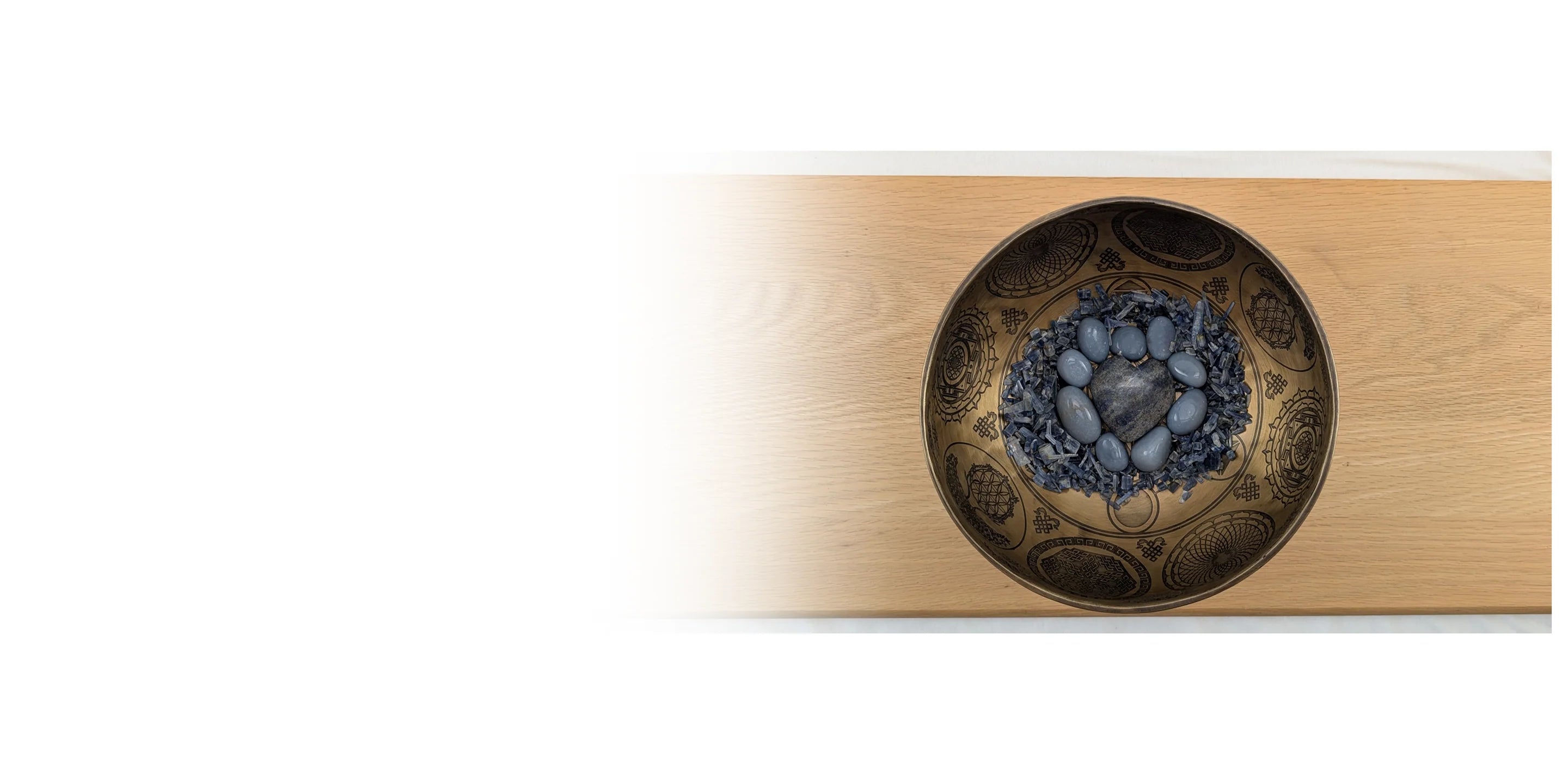
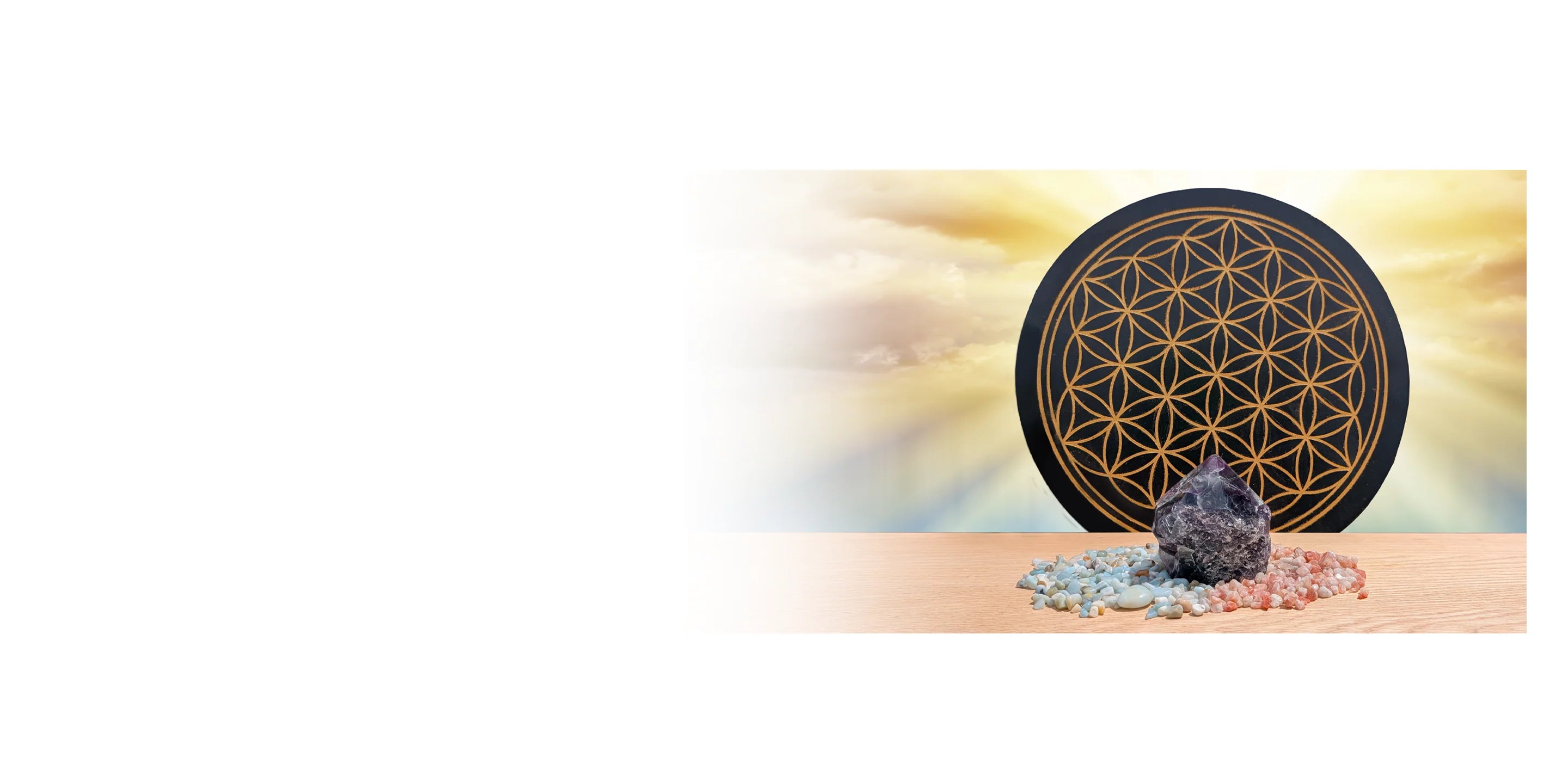
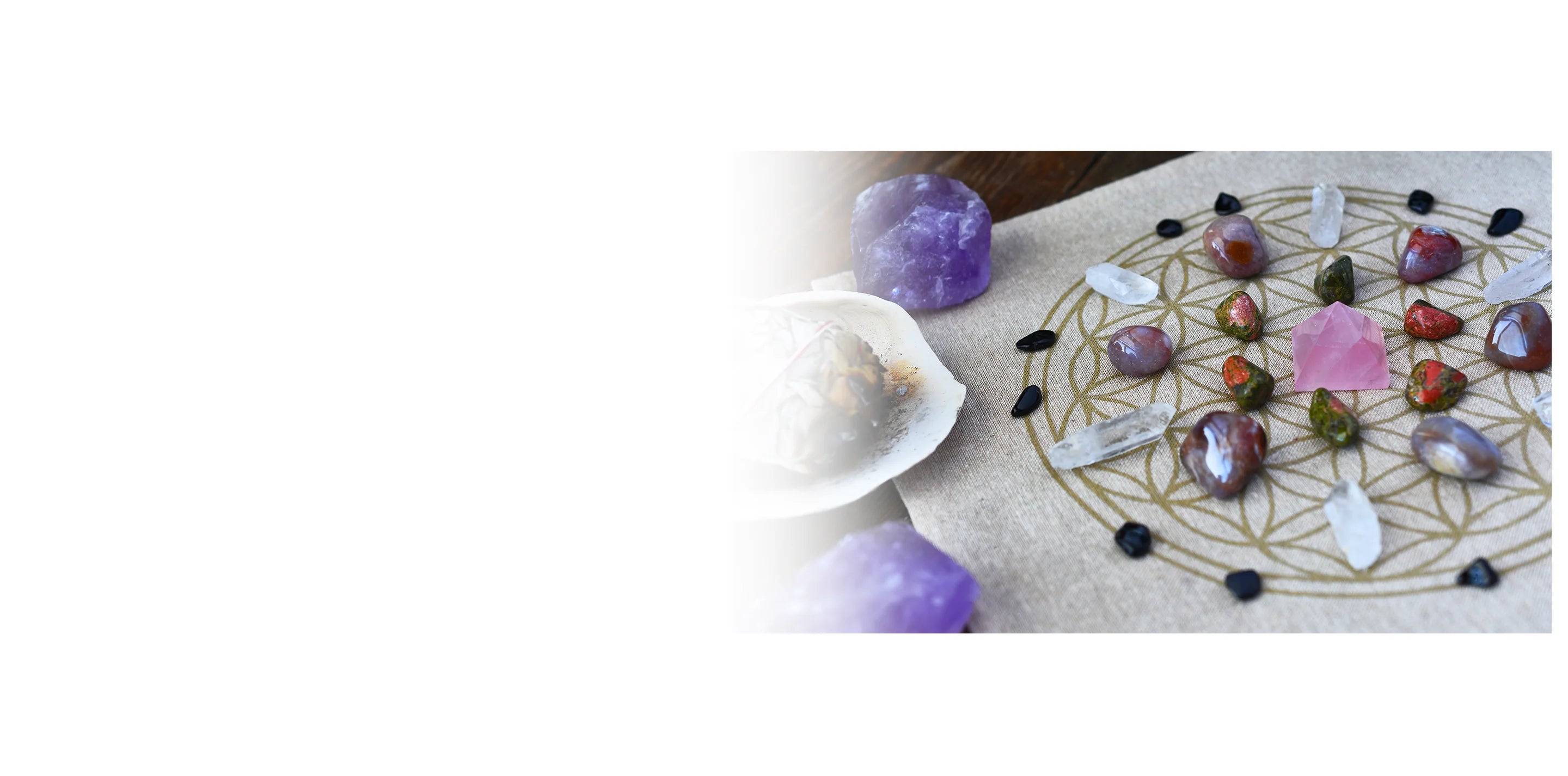



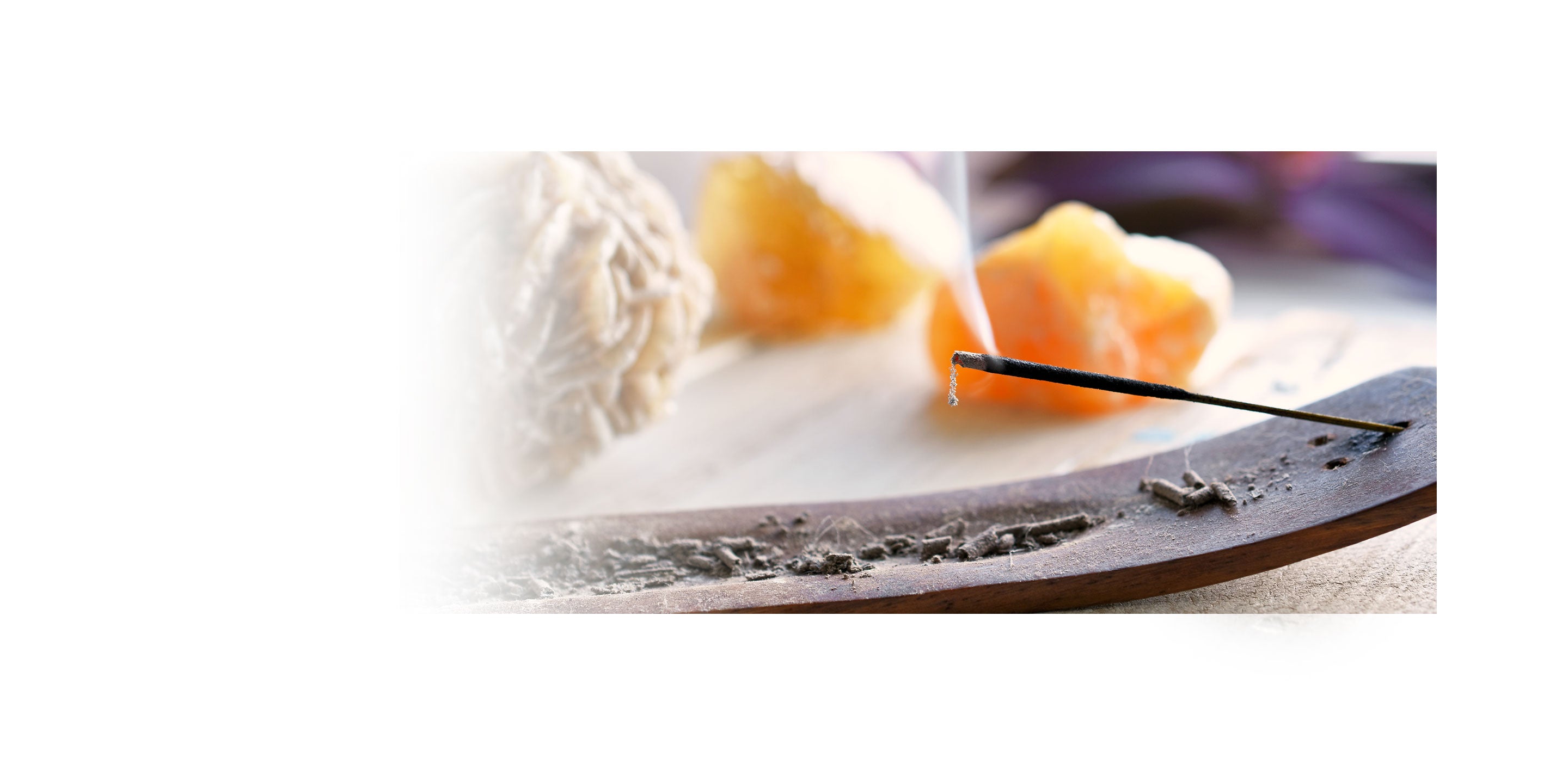
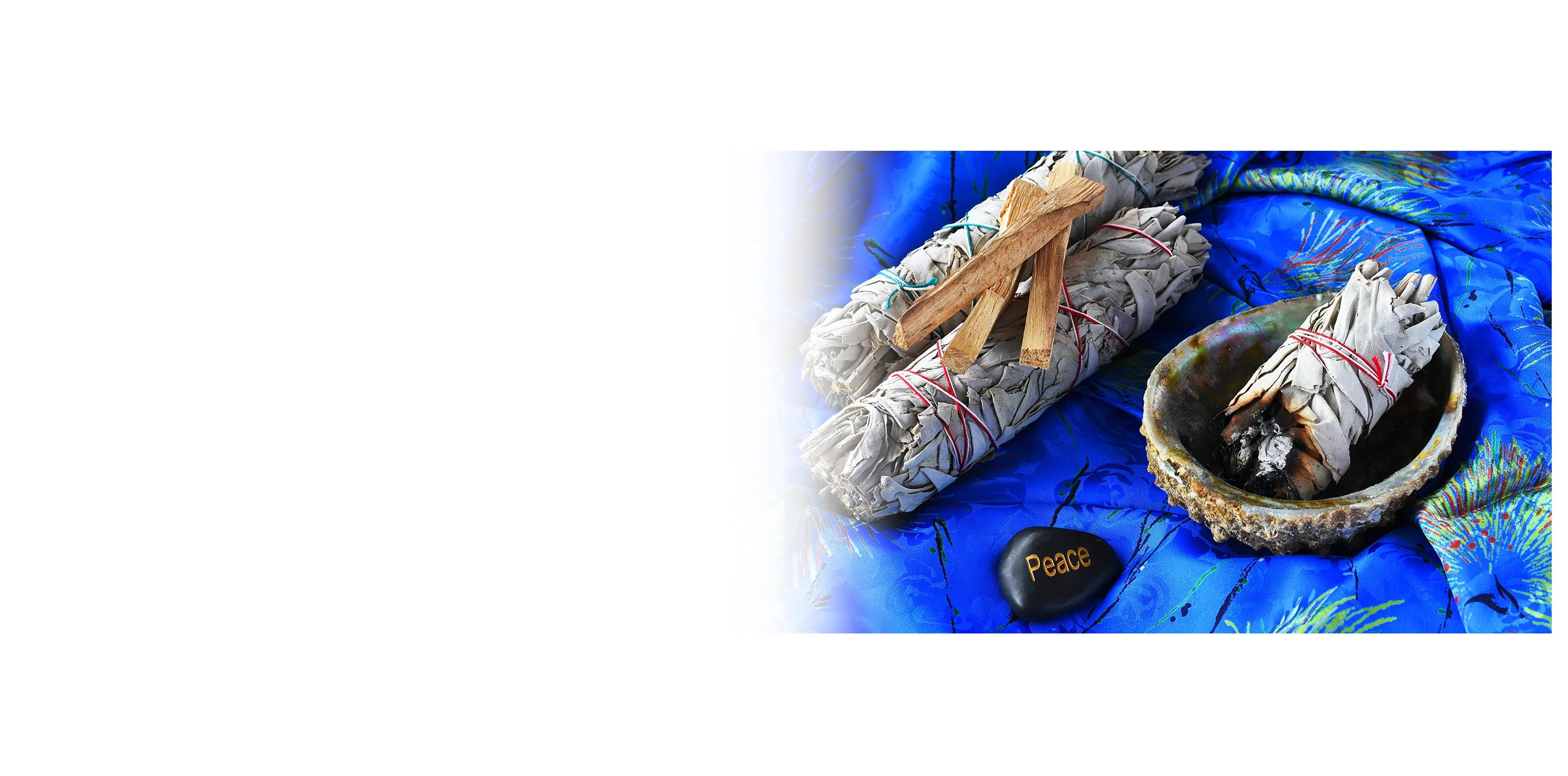



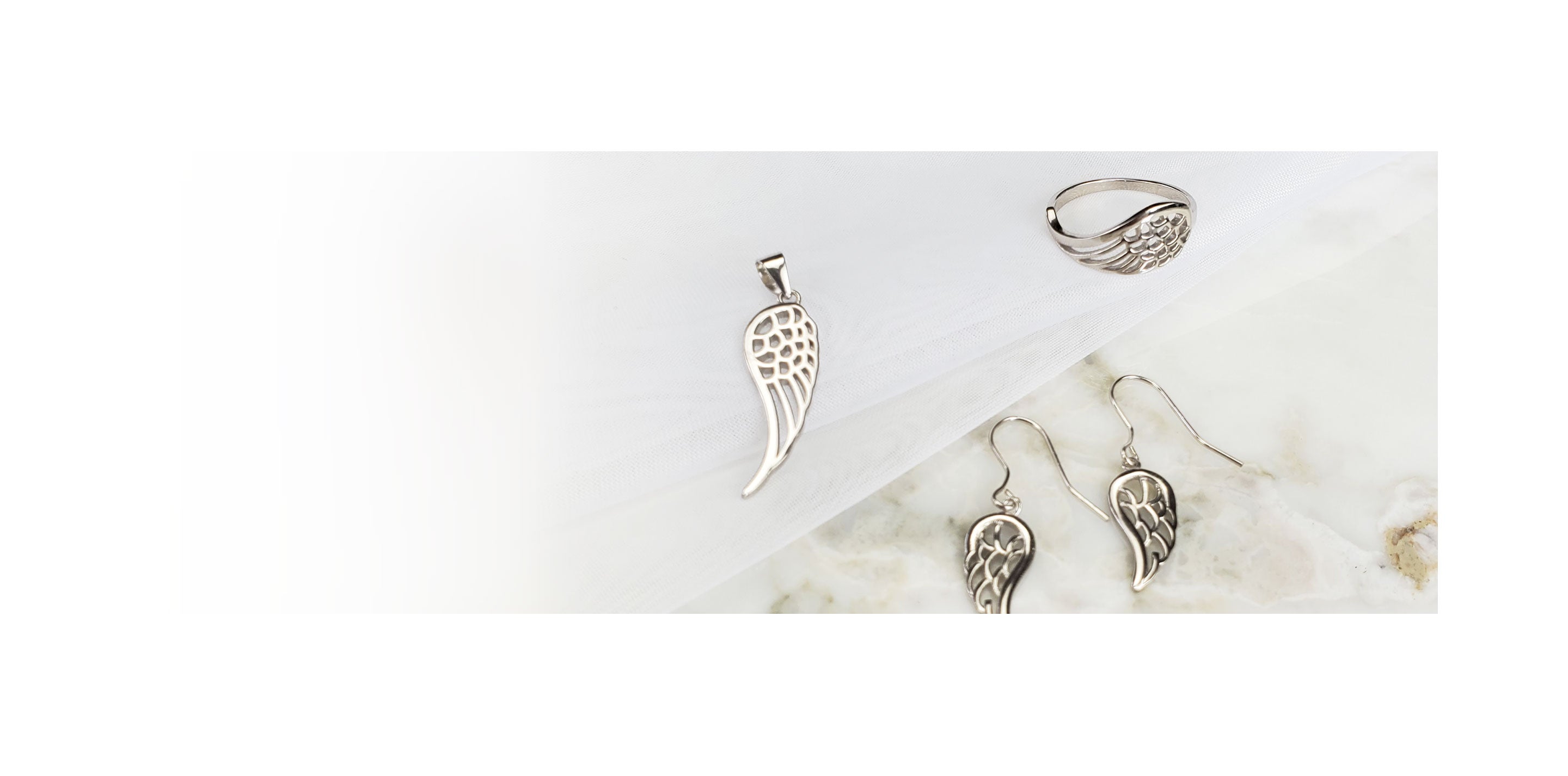
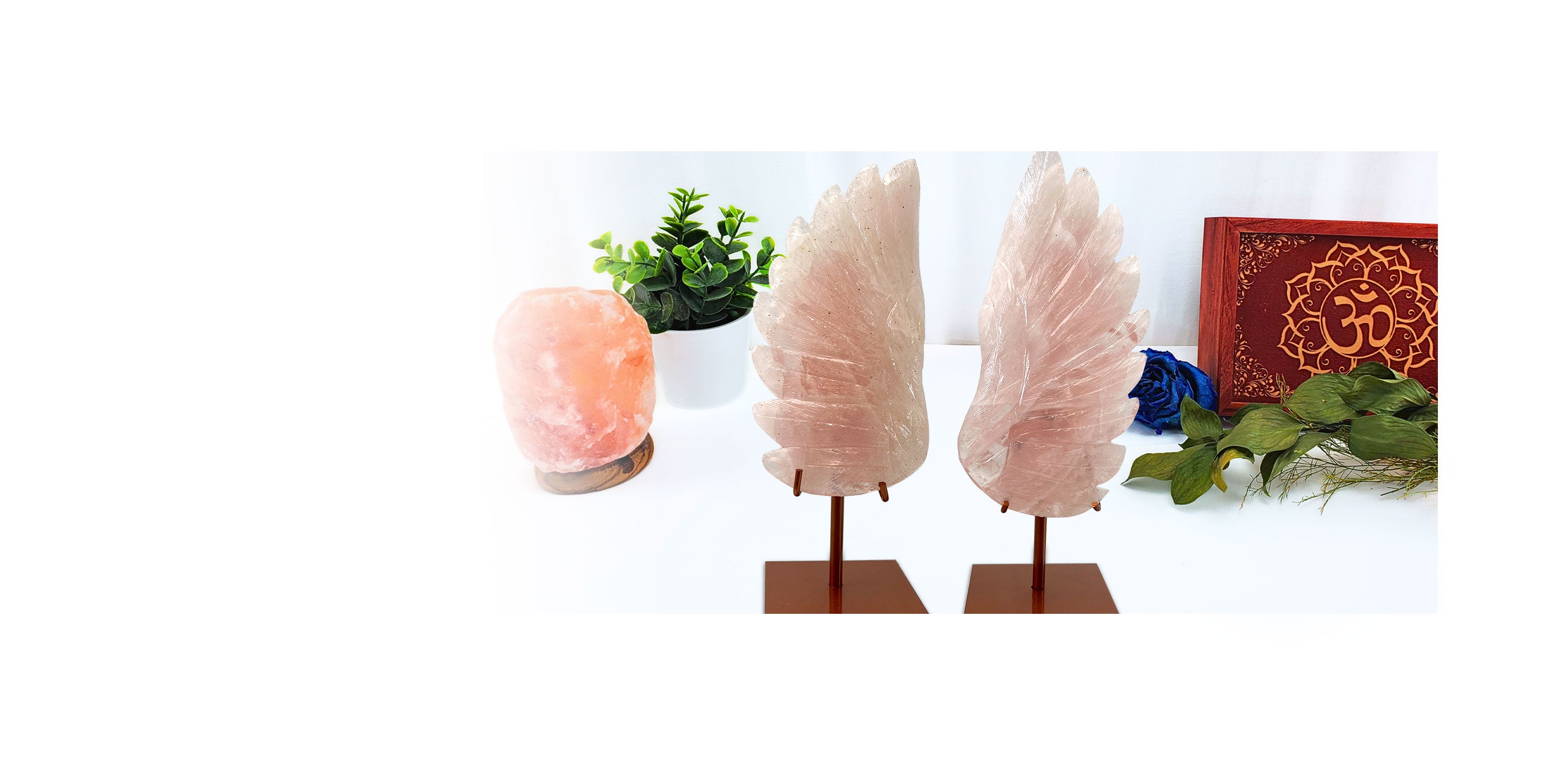
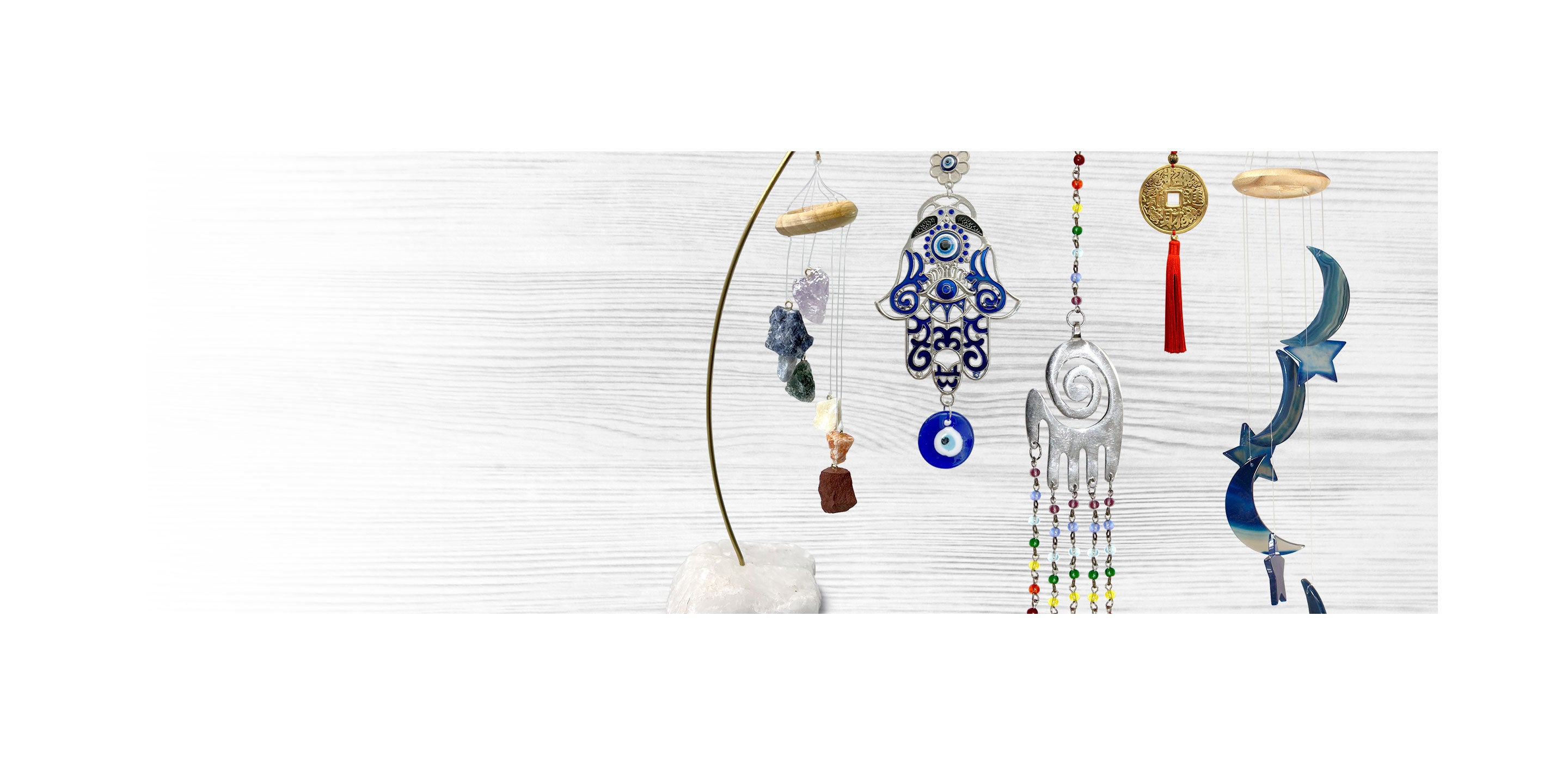
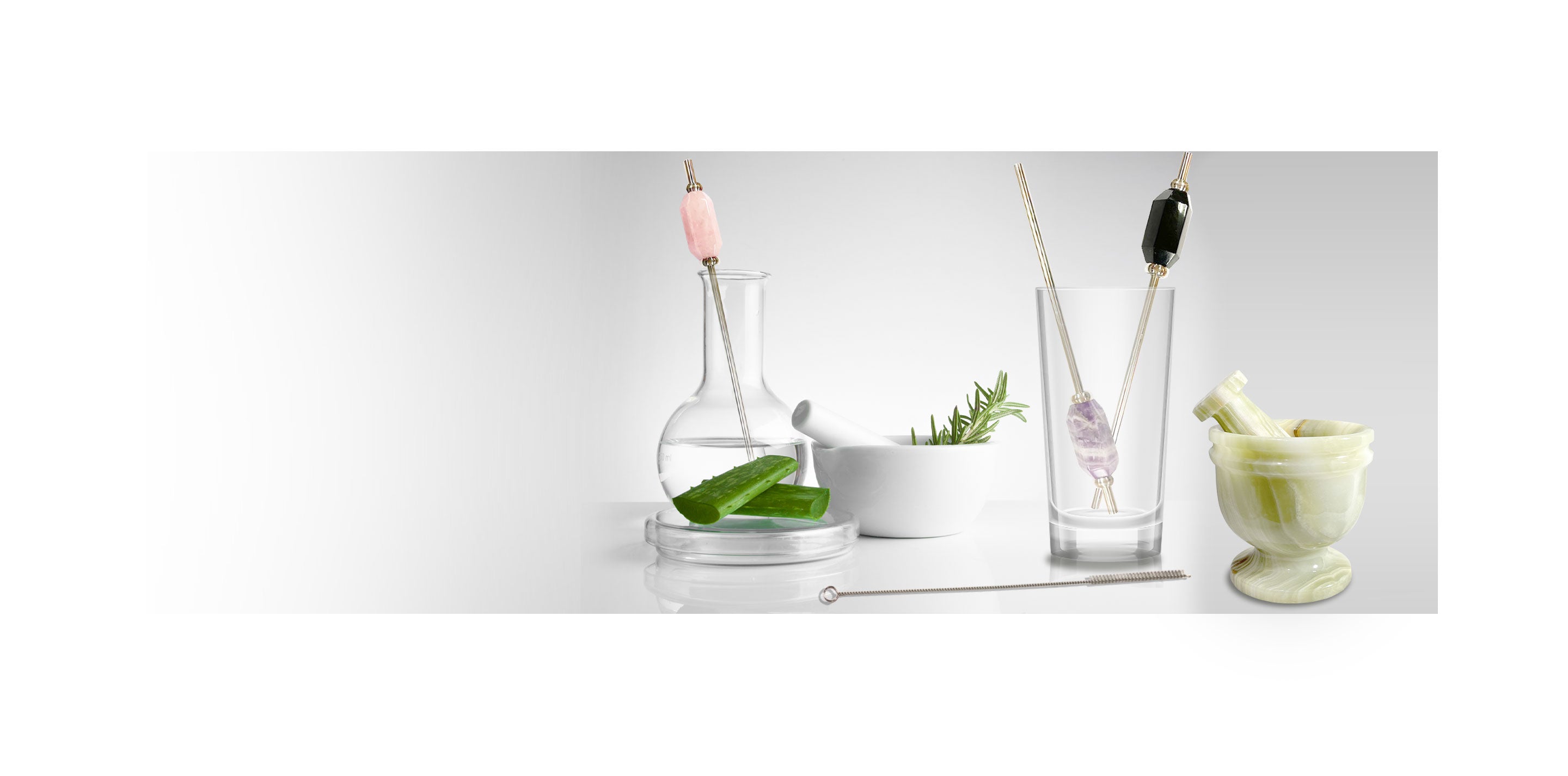


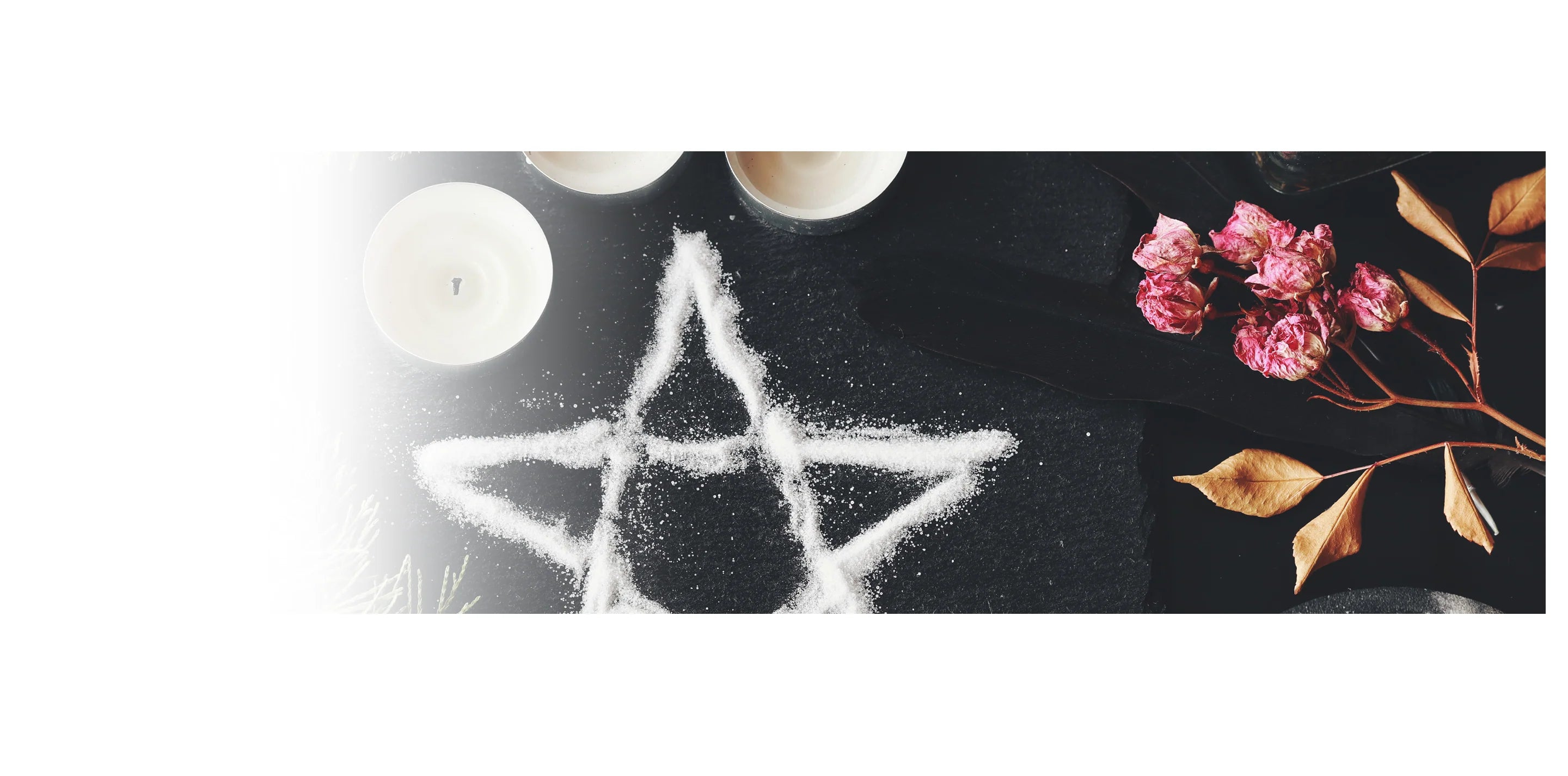
Leave a comment